Molecular microbiology labs

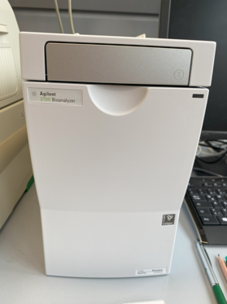
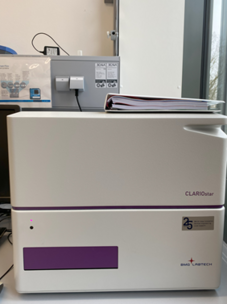
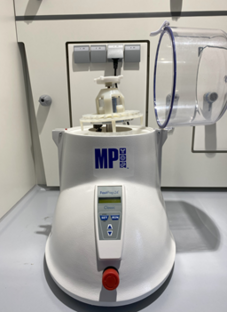
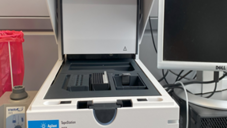
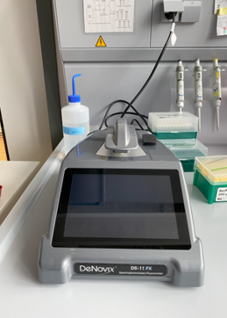
Environmental DNA and RNA Isolation and Purification
We are specialists in the isolation, purification, quantification and quality assessment of environmental nucleic acids, both DNA and RNA, from all kinds of natural samples including soils (wetlands, peatlands, marshland, permafrost, arid and hyper-arid soils, glacier forefields, landslides), sediments (marine and lake sediments), rocks, aquifers, salt pans, fossil fuels, plastic debris and the deep biosphere. We have particular experience and clean room facilities to work with low and hyper-low biomass environments and established a variety of protocols for nucleic acid isolation and further down-stream analysis of difficult sample material.
Instruments:
- Tape Station
- Qubit Fluorometer
- NanoDrop
- Bioanalyzer
- Plate Reader
- FastPrep
- GelDoc
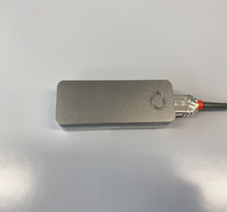
Environmental Genomics and Transcriptomics
The aim of the Environmental Genomics and Transcriptomics facilities is to study microbial taxonomic and functional composition, metabolic pathways, genomes and metagenome assembled genomes. We also look into actively transcribed genes as a proxy of microbial activity. More information can be found under the Bioinformatics labs. We established in-house protocols for NGS library preparation for amplicons/meta-barcoding (16S rRNA, 18S rRNA, functional genes including mcrA, pmoA, and nifH) and whole (meta)genome sequencing. With our inhouse Nanopore sequencer we perform and analyze high throughput long read analysis of environmental DNA, enrichments and pure cultures. We also reverse transcribe RNA into cDNA for further downstream analysis.
Instruments:
- X PCR cyclers
- Nanopore Sequencer
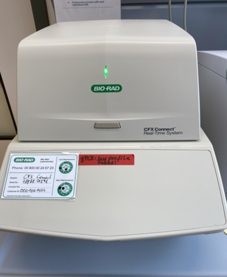
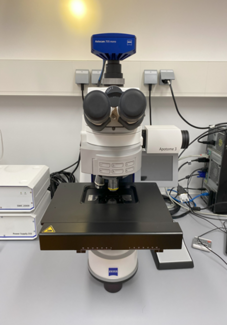
Enumeration of Microbial Cell and Gene Copy Numbers
Besides our focus on NGS and environmental genomics, we have specialized in the enumeration of microbial genes and cell counts in natural environments. We apply several assays of quantitative PCR (SYBR Green) especially for bacteria, methanogens, sulfate reducers, and methanotrophs but we also stain and count cells using Fluorescence Microscopy (DAPI, SYBR Green, FISH).
- Biorad qPCR cycler
- ZEISS Fluorescence Microscope
- FACS cell sorter
Stable Isotope Probing
In order to link microbial taxa to specific metabolic functions we use stable isotope probing (SIP) with ¹³C-labeled substrates which tracks the microbial assimilation of carbon into DNA. The methods involves labeling microbes through the incorporation of ¹³C from the substrate into their DNA. Community DNA is then isolated and separated into ¹³C-labeled (heavy) and ¹²C (light) DNA by density gradient centrifugation (e.g., in a CsCl gradient). Finally, the fractions are analyzed using PCR, sequencing, or fingerprinting to identify active microbes.
Instruments:
- Ultracentrifuge
- Refractometer
- Automated density fractionation
S1 Facility for Genetically Modified Organisms
Our molecular microbial facility has a certificate to work with genetically modified organisms (GMO) which involves modifying the genetic material of microorganisms to, in our case, study genetic diversity or functions. Our facility is a S1 laboratory (Sicherheitsstufe 1) which is the lowest biosafety level for working with GMOs. It is used for organisms with no or negligible risk to humans, animals, or the environment.